The temple follows the Doric order, one of the three classical styles of ancient Greek architecture. Doric temples are known for their plain, cushion-like capitals atop fluted columns and a strong structure without excessive ornamentation.
The Temple of Poseidon at Cape Sounion is a prime example of Classical Doric architecture from the mid-5th century BCE, dedicated to the Greek God of the sea. Built on a cliff above the Aegean Sea, its surviving metopes once depicted mythological scenes. The design includes entasis for visual correction and precise alignment with the sea horizon.
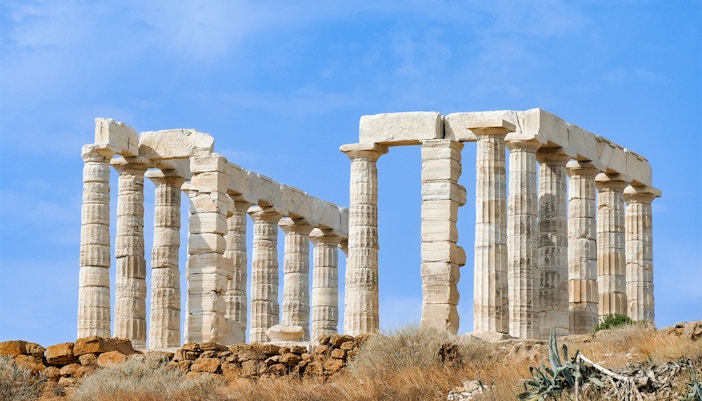
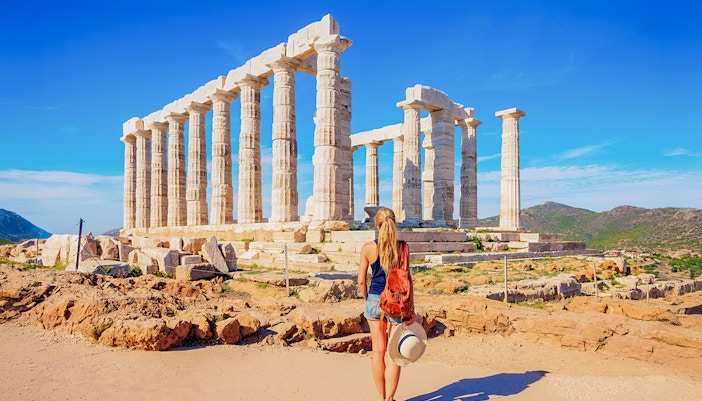
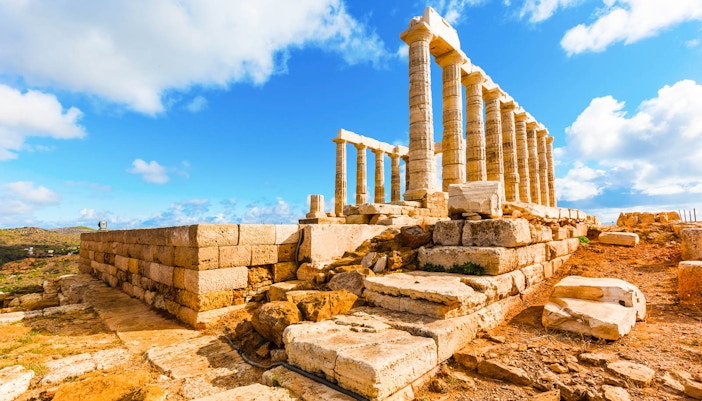
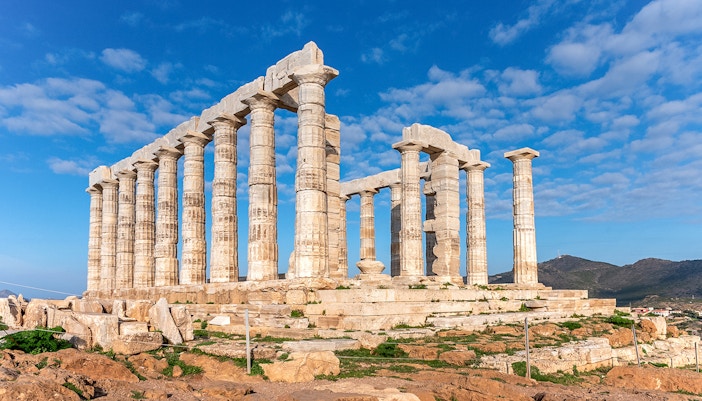
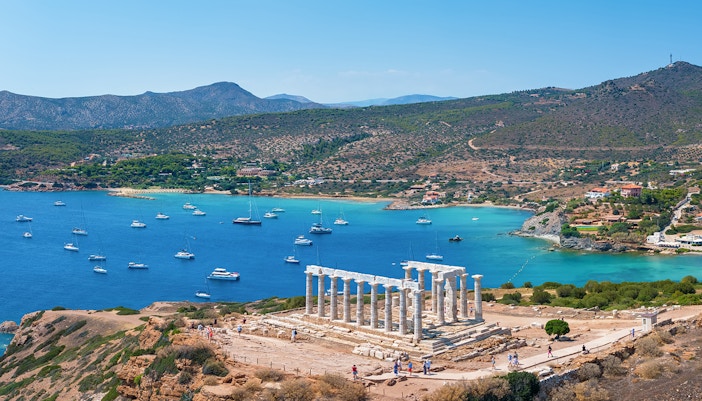
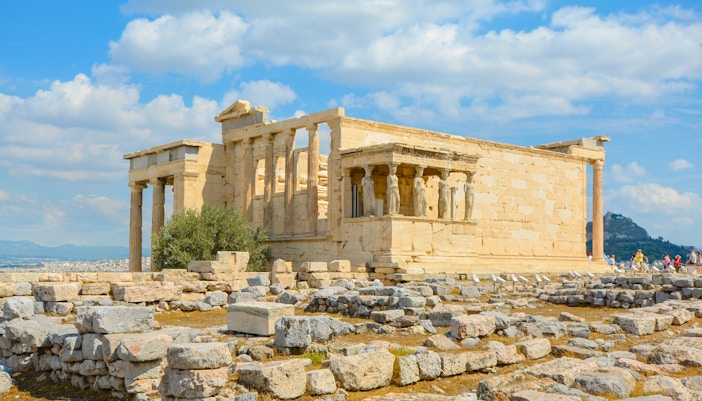
From Athens: Temple of Poseidon & Cape Sounion Sunset Half-Day Trip
Combo (Save 5%): Temple of Poseidon Sunset Half-Day Trip + Acropolis & Parthenon Tickets
Guided Tour of Temple of Poseidon & Cape Sounion from Athens
Combo: Temple of Poseidon Sunset Half-Day Trip + 2-Day Athens Hop-On Hop-Off Bus Tour
The temple was built using locally quarried marble from Agrileza, a nearby source chosen for its availability and ease of transport to the cliffside site.
Traces of pigment suggest parts of the frieze and decorative features were once painted, though most color has faded due to centuries of weather exposure.
Wooden beams supported terracotta roof tiles. Cuttings in the marble indicate how the beams were slotted and anchored into place without visible metal reinforcement.
The foundation of the cella still exists, including part of the base where a large statue of Poseidon likely stood at the center of the space.
Yes, small square cuttings in the marble blocks show where metal clamps and dowels were inserted to hold stones tightly together without the use of mortar.